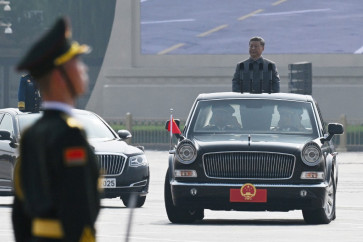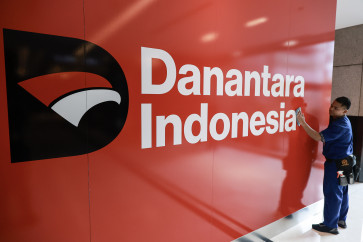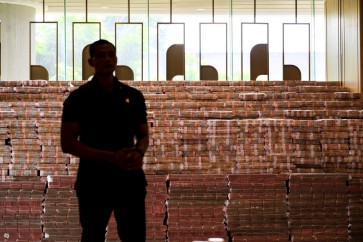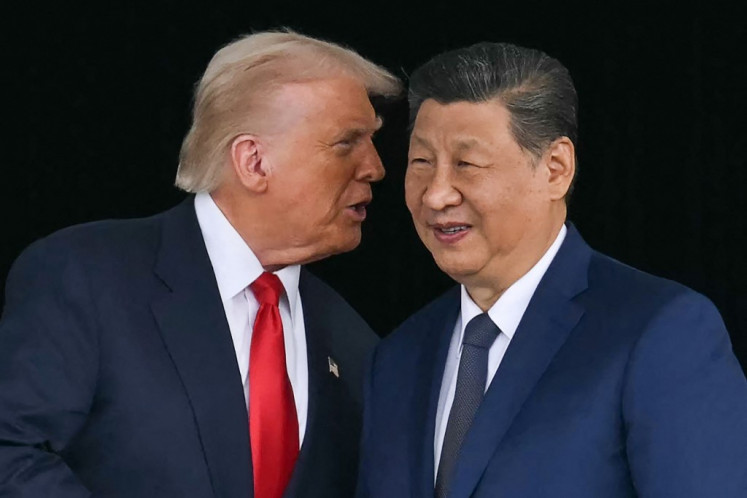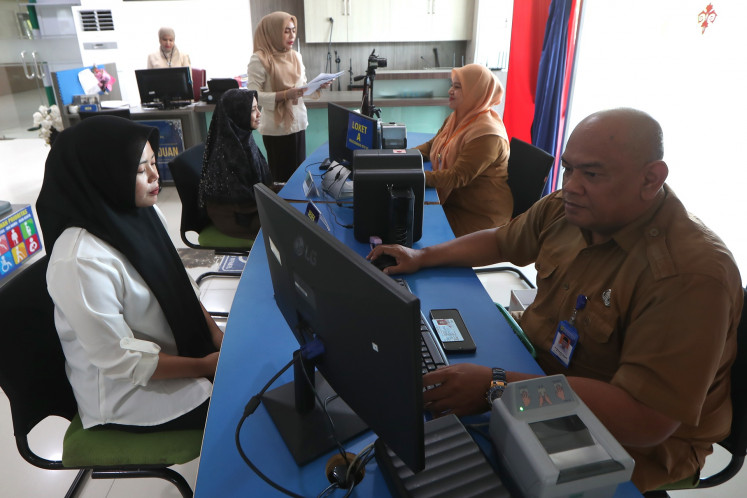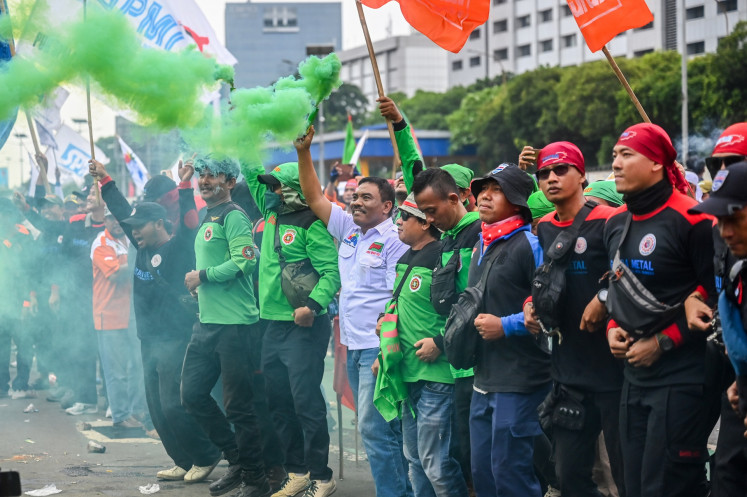Popular Reads
Top Results
Can't find what you're looking for?
View all search resultsPopular Reads
Top Results
Can't find what you're looking for?
View all search resultsHiroshima, home of Mazda, oysters, trolleys and the Carp
Change text size
Gift Premium Articles
to Anyone
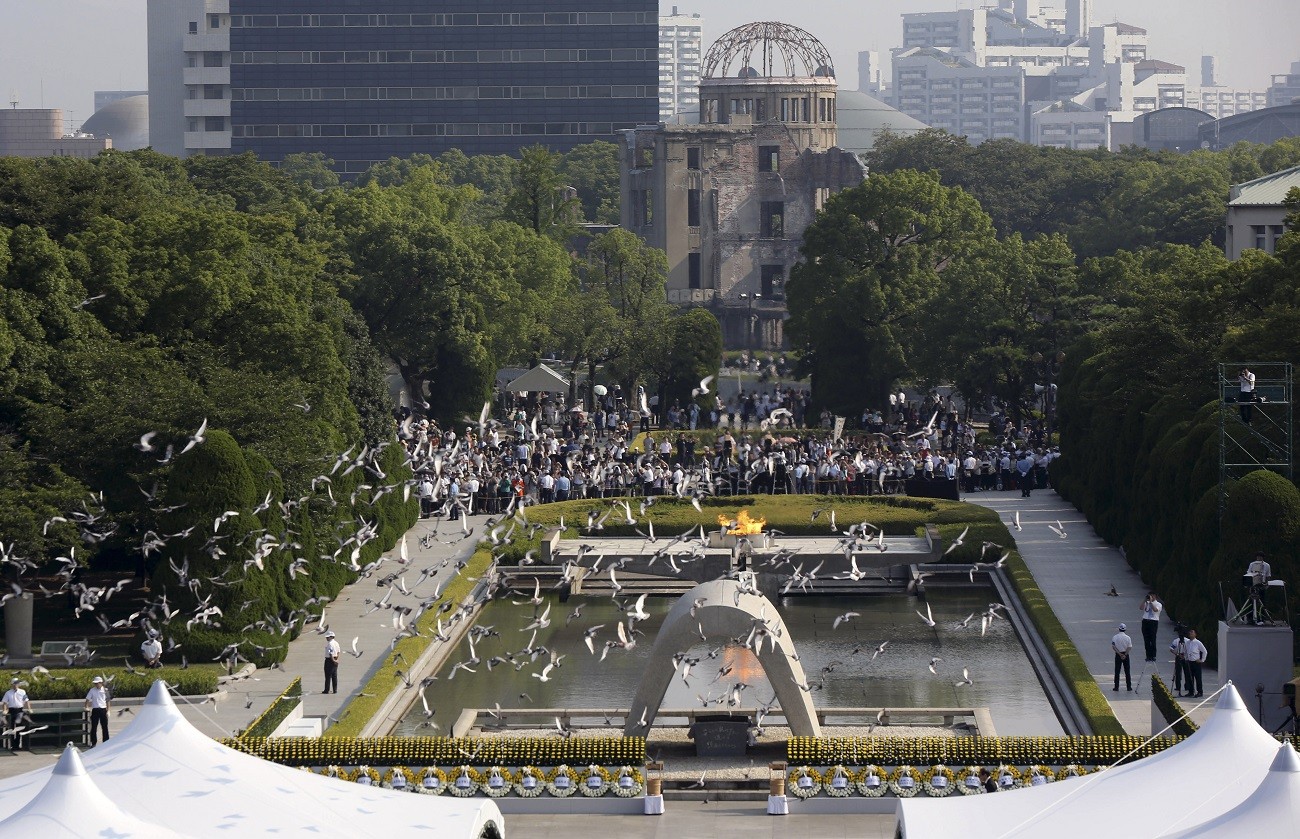 In this Aug. 6, 2015, file photo, doves fly over the cenotaph dedicated to the victims of the atomic bombing at the Hiroshima Peace Memorial Park during the ceremony to mark the 70th anniversary of the bombing in Hiroshima, western Japan. U.S. Secretary of State John Kerry will become the highest-ranking American government official to visit Hiroshima, where 140,000 Japanese died from the first of two atomic bombs dropped by his country in the closing days of World War II more than 70 years ago. Kerry and the other Group of Seven foreign ministers are scheduled to visit the Hiroshima Peace Park on Monday, April 11, 2016 and lay flowers to honor the dead. At least in Japan, the event will likely overshadow the rest of the foreign ministers’ annual two-day meeting, where terrorism, maritime security and nuclear non-proliferation will be discussed. (AP/Eugene Hoshiko)
In this Aug. 6, 2015, file photo, doves fly over the cenotaph dedicated to the victims of the atomic bombing at the Hiroshima Peace Memorial Park during the ceremony to mark the 70th anniversary of the bombing in Hiroshima, western Japan. U.S. Secretary of State John Kerry will become the highest-ranking American government official to visit Hiroshima, where 140,000 Japanese died from the first of two atomic bombs dropped by his country in the closing days of World War II more than 70 years ago. Kerry and the other Group of Seven foreign ministers are scheduled to visit the Hiroshima Peace Park on Monday, April 11, 2016 and lay flowers to honor the dead. At least in Japan, the event will likely overshadow the rest of the foreign ministers’ annual two-day meeting, where terrorism, maritime security and nuclear non-proliferation will be discussed. (AP/Eugene Hoshiko)
T
he host city of the annual Group of Seven foreign ministers' meeting that ends Monday has been reborn seven decades after Hiroshima was devastated by an atomic bomb in 1945. Here are five things to know about the western Japanese city of 1.2 million people, other than the bomb.
___
MAZDA
Hiroshima is home to Mazda Motor Corp., the maker of the MX-5 or Miata Roadster, which last month was named 2016 Car of the Year by World Car Awards, a prize decided by international automotive journalists. The Guinness World Records recognized the MX-5 two years ago as the best-selling two-seater sports car for its cumulative sales of 900,000 units since its launch in 1989. Mazda, with more than 21,000 employees at its parent company, is a major economic contributor in the region. More than 60 percent of Mazda's global car production comes from two factories, one in the outskirts of Hiroshima and another in a nearby prefecture.
___
THE CARP
Not the fish, but the beloved homegrown baseball club that is the only one of Japan's 12 professional teams not owned by a big corporation, though it is majority-owned by the Matsuda family, the founders of Mazda. Dedicated fans once saved the Hiroshima Toyo Carp from acquisition by a bigger team in the 1950s by raising the funds needed to keep it afloat. "Carp Boy," the red-capped mascot of the 67-year-old team, is everywhere: on trolleys, taxis, candy boxes, and posters at store entrances. The team has won the Japan Series three times, and been the Central League champion six times — but not since 1991.
___
 In this Sunday, April 10, 2016, file photo, tourists are asked to leave the area near the torii gate of the Itsukushima Shrine in Miyajim Island prior to a visit by U.S. Secretary of State John Kerry and other G7 foreign ministers for a cultural break from their meetings in nearby Hiroshima, western Japan. Miyajima, or shrine island, is traditionally recognized as Japan’s three most scenic sites, with its history dating back to 6th century. Miyajima is home to the Itsukushima Shinto Shrine, a seaside shrine, part of which appears as if floating in the sea during high tide.(Pool Photo via AP/Jonathan Ernst)
In this Sunday, April 10, 2016, file photo, tourists are asked to leave the area near the torii gate of the Itsukushima Shrine in Miyajim Island prior to a visit by U.S. Secretary of State John Kerry and other G7 foreign ministers for a cultural break from their meetings in nearby Hiroshima, western Japan. Miyajima, or shrine island, is traditionally recognized as Japan’s three most scenic sites, with its history dating back to 6th century. Miyajima is home to the Itsukushima Shinto Shrine, a seaside shrine, part of which appears as if floating in the sea during high tide.(Pool Photo via AP/Jonathan Ernst)
SHRINE ISLAND
Miyajima, which means "shrine island," is widely recognized as one of Japan's three most scenic sites. Dating back to the 6th century, it is home to the Itsukushima Shinto shrine, part of which appears to be floating in the sea during high tide. The area is also famous for its deer that wander freely around the island in search of food, often approaching people, as well as its beautiful autumn leaves, and being the birthplace of "momiji manju," a maple-leaf-shaped cake with a smooth, sweet bean filling inside.
___
OYSTERS
Facing the calm Seto Inland Sea, Hiroshima is Japan's largest oyster-producing state, with a harvest exceeding 60 percent of the national total. Its oysters are said to be the best in the western half of the country, if not all of Japan. Oyster festivals are held across the prefecture during the winter harvest season. Oyster growers in Hiroshima helped counterparts in northeastern Japan restart after losing oyster farms in the 2011 tsunami.
___
TROLLEYS
Established before World War II, the street car network still serves as a main and environmentally-friendly public transportation system. The fleet is a virtual museum of street cars that come in different colors, lengths and designs — a rare sight in a country where uniformity is generally the rule. That is mainly because many were donated decades ago by Kyoto and other cities where buses replaced trolleys to help Hiroshima's recovery after the atomic bomb.

